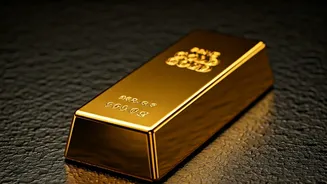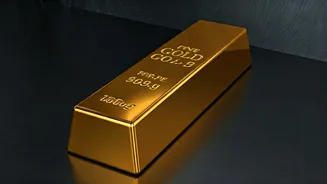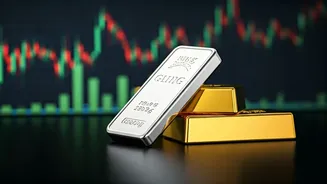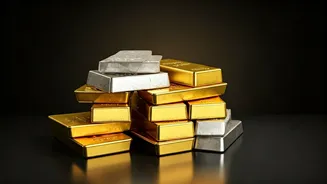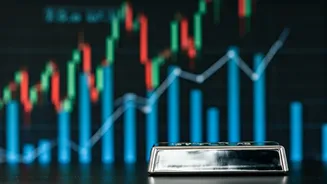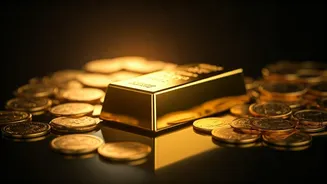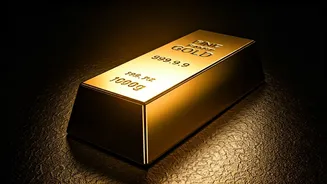The Meme Mania Begins
The internet has been flooded with gold-related memes, with individuals expressing their thoughts on the rising prices and their tendency to hold onto
the precious metal. These memes, often lighthearted and humorous, reflect a wider sentiment towards gold's perceived value. Gold's enduring appeal, coupled with its economic and cultural significance, has made it a frequent subject of online discussions. The virality of these memes shows a collective recognition of gold's influence in the current financial environment, particularly during periods of economic uncertainty. The use of memes demonstrates how the public perceives the metal and its impact on personal investments and economic strategies.
Gold’s Value Explained
Gold's appeal as a store of value is often attributed to its tangible nature, which is in contrast to other assets like stocks. It's widely held for its relative stability during times of economic volatility, providing a potential safe haven for investors. The metal's scarcity and limited supply contribute to its perceived value, especially when inflation and economic crises are prevalent. Cultural factors further influence gold's attractiveness, as it's a symbol of wealth, status, and heritage in many societies. This combination of economic and cultural factors positions gold as a key investment option. Holding gold has been seen as a way to preserve capital and maintain purchasing power, making it a popular choice during times of economic instability.
Historical Gold Comparison
An interesting analogy of car ownership over time highlights the rise of gold's value. The comparison uses historical data and market behavior to demonstrate how gold has kept pace with broader economic and technological changes. Throughout history, a car's price, even a high-end model, would depreciate with age and technological advancements, while gold has often retained or increased in value. This comparison provides a clear visual of gold's role as a long-term investment and its potential to maintain value over time. This underscores how gold can protect against inflation and market instability.
Gold's Lasting Impact
From ancient civilizations to the modern era, gold has consistently served as a cornerstone of wealth and trade. In the past, it functioned as currency and was a measure of economic power. The metal’s importance in the current global market continues to be significant because it is used in various industries. Gold is also seen as a commodity for investment and diversification. The metal’s enduring appeal lies not only in its physical properties but also in the cultural and historical significance it has held over the centuries. Its ability to retain value has positioned it as a crucial element in managing financial risks and creating wealth over the long term.
Gold in Today's Market
In today’s financial market, gold's role is complex. It acts as a hedge against inflation, meaning it often maintains or increases its value when the cost of goods and services rises. Central banks across the globe also hold gold as a part of their foreign reserves, further bolstering its importance. Investors often diversify their portfolios by including gold to reduce risk, particularly during periods of economic uncertainty. The metal's demand is driven by both investment and industrial uses. Gold’s spot in the market is dependent on various factors, including interest rates, geopolitical events, and currency fluctuations. Thus, gold continues to remain relevant.

